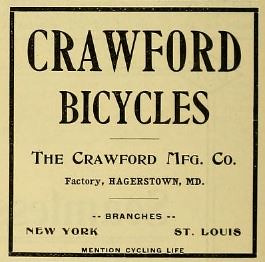
6:30 in the morning at the Shirlington "pit stop" for Bike to Work Day in Arlington, VA
I was surprised to read in the Wikipedia entry on Bike to Work Day that it was created by the League of American Bicyclists in 1956. I would have guessed much more recently.

From BTWD ride in 2011 - it doesn't always rain on BTWD
I have a somewhat ambiguous relationship with BTWD - I commute almost religiously; that is, I hardly get to and from work any other way than by bicycle. In theory I want more people to ride because it is the logical thing to want, but I have found in fact that so far for my commute, increasing use of the Mount Vernon Trail in particular has not led to significant improvements in the trail's usability. Most of the asphalt is the same as it was 20+ years ago - and this isn't because it is aging well or that there is enough of it (in terms of the width of the trail in particular).
Also, my sense is that the DC area BTWD has had amazingly bad luck in terms of weather - that is, more often than not, it rains. And in fact it rained yesterday for BTWD 2018 and it was fairly steady and heavy enough to keep many from riding. I had signed up and stopped at the local "pit stop" in Shirlington to get a free BTWD 2018 t-shirt (as I did last year, when the weather was better) as a way of showing interest and support (I suppose). It is inspiring (or something along those lines) to see the volunteers there, even at 6:30 am when it started. I was amused to see a small "convoy" of riders there right as they opened. A few seemed underdressed to me, given that it was wet and not really May warmth. (This turned out to be a ride where at the start the rain was light, but over the 10 or so miles it got more and more heavy, to the point that upon arrival at work I was pretty well soaked. Fortunately I have my own office and it is fine to have a clothes line, more or less. Well - fine with me, anyway.)

Another slightly out-of-focus shot
I was glad to get my yellow BTWD 2018 t-shirt. During the past year I have been amused how many times I have seen people wearing the lavender colored BTWD 2017 t-shirt - amused that I recognized it, as much as anything. I suppose eventually they will give away the 2018 t-shirts somehow but I assume most were not picked up by riders on the way to work, because I think many people took a pass on riding yesterday. Still, a good souvenir of what was not a bad ride - it was just another ride. The rides - they're all good.










![Crippled German soldier [on bicycle] (LOC)](https://farm1.staticflickr.com/577/22211914854_348b929476.jpg)


